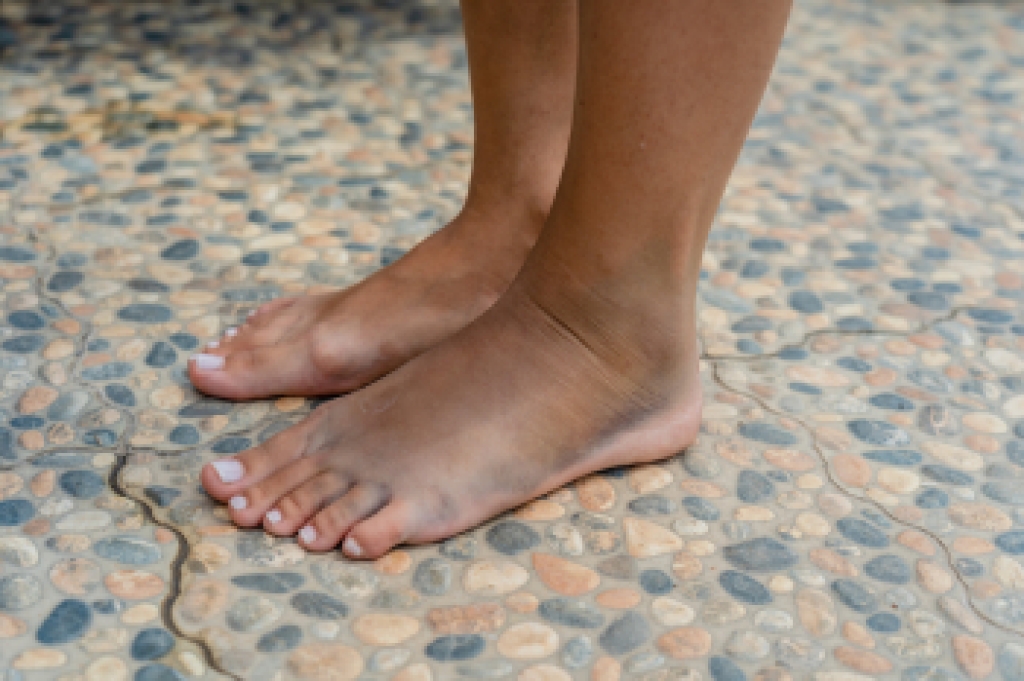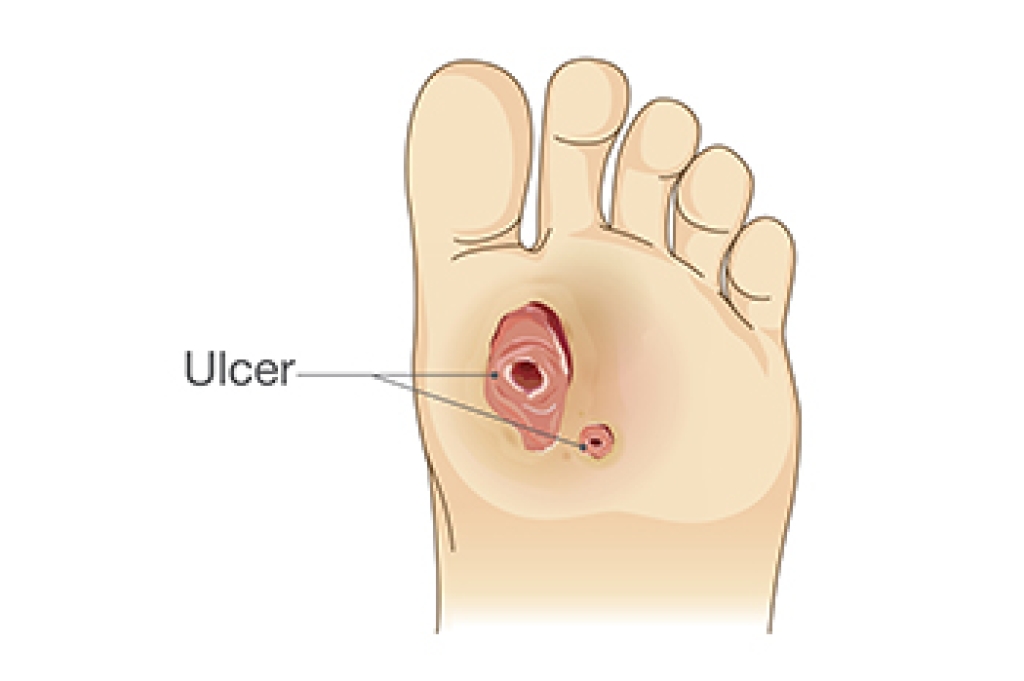
Compartment syndrome of the foot occurs when increased pressure within the muscle compartments of the foot restricts blood flow. The most common cause is high-energy trauma, like fractures from a fall or motor vehicle accident. Symptoms of compartment syndrome include intense pain, swelling, bruising, and sometimes numbness or tingling. The affected muscle compartments are surrounded by dense fibrous tissue, which can prevent proper circulation. If not treated promptly, this may result in muscle death and long-term foot dysfunction, including clawing of the toes. A podiatrist can assess the injury by performing a thorough clinical evaluation, and using pressure monitoring to confirm the diagnosis. If compartment syndrome is identified, this foot doctor may recommend surgery to relieve the pressure and restore circulation. Early intervention is critical to prevent severe complications. If you are experiencing this type of foot pain, it is suggested that you schedule an immediate appointment with a podiatrist for a diagnosis and appropriate treatment options.
Foot and ankle trauma is common among athletes and the elderly. If you have concerns that you may have experienced trauma to the foot and ankle, consult with Robert Hutchison, DPM, FACFAS from Lower Keys Foot & Ankle Surgery. Our doctor will assess your condition and provide you with quality foot and ankle treatment.
Foot and ankle trauma cover a range of injuries all over the foot; common injuries include:
- Broken bones
- Muscle strains
- Injuries to the tendons and ligaments
- Stress fractures
Symptoms
Symptoms of foot and ankle injuries vary depending on the injury, but more common ones include:
- Bruising
- Inflammation/ Swelling
- Pain
Diagnosis
To properly diagnose the exact type of injury, podiatrists will conduct a number of different tests. Some of these include sensation and visual tests, X-rays, and MRIs. Medical and family histories will also be taken into account.
Treatment
Once the injury has been diagnosed, the podiatrist can than offer the best treatment options for you. In less severe cases, rest and keeping pressure off the foot may be all that’s necessary. Orthotics, such as a specially made shoes, or immobilization devices, like splints or casts, may be deemed necessary. Finally, if the injury is severe enough, surgery may be necessary.
If you have any questions, please feel free to contact our office located in Key West, FL . We offer the newest diagnostic and treatment technologies for all your foot care needs.



